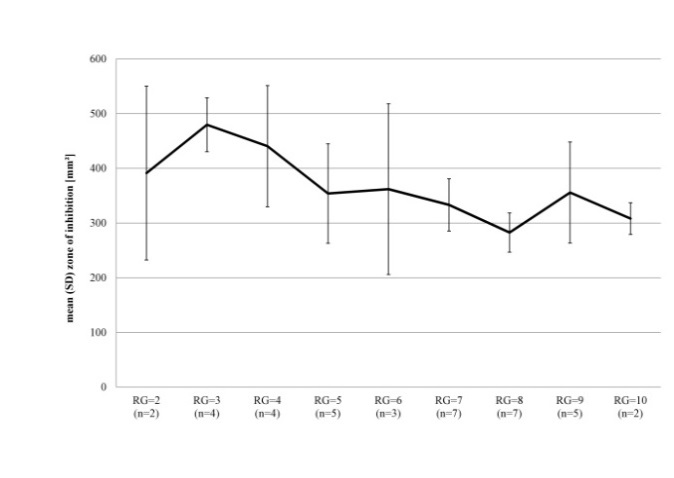
Georg Daeschlein
University Medicine Greifswald, Germany
Title: Influence of antibiotic resistance on plasma susceptibility of multi-drug resistant clinical isolates of enterococci
Biography
Biography: Georg Daeschlein
Abstract
Background: Cold atmospheric plasma (CAP) could be considered as an alternative against multi-drug resistant (MDR) pathogens. Susceptibility to CAP of clinical isolates of enterococci depending on antibiotic resistance was investigated in pure culture regarding the most important resistance patterns.
Patients & Methods: 6 groups of enterococci (39 isolates) were treated on agar using dielectric barrier discharge plasma (DBD). These included enterococci with combined vancomycin- and high-level gentamicin resistance, with high-level resistance to gentamicin (HLGR) only, with vancomycin resistance alone (VRE), and enterococci susceptible to both. Isolates showing high-level resistance to gentamicin were placed together in a separate group, as well as isolates with vancomycin resistance. Susceptibility was evaluated based on the zones of inhibition (ZOI) and examined in terms of the enterococcal group and the degree of drug resistance.
Results: CAP-treatment killed all groups. Significantly smaller ZOI were obtained with MDR-groups: VRE-isolates showed significantly smaller ZOI than non-VRE-isolates and HLGR-isolates showed smaller ZOI than non-HLGR-isolates. The mean of all isolates, irrespective of belonging to groups, showed smaller ZOI with increasing drug resistance.
Conclusions: CAP-treatment killed all isolates of enterococci, but its efficacy depended on the degree of drug resistance and on membership in special resistance groups with particular clinical-outbreak importance.

Figure 1: Mean (SD) ZOI (mm²) of all enterococci by respective resistance group (RG).

